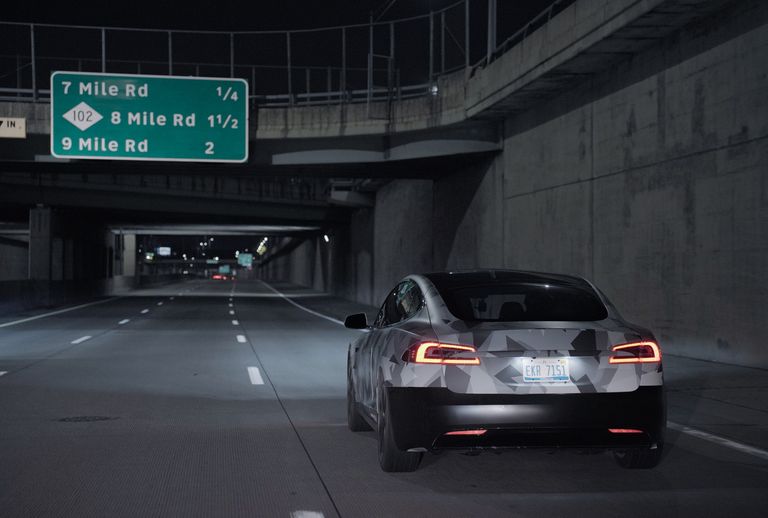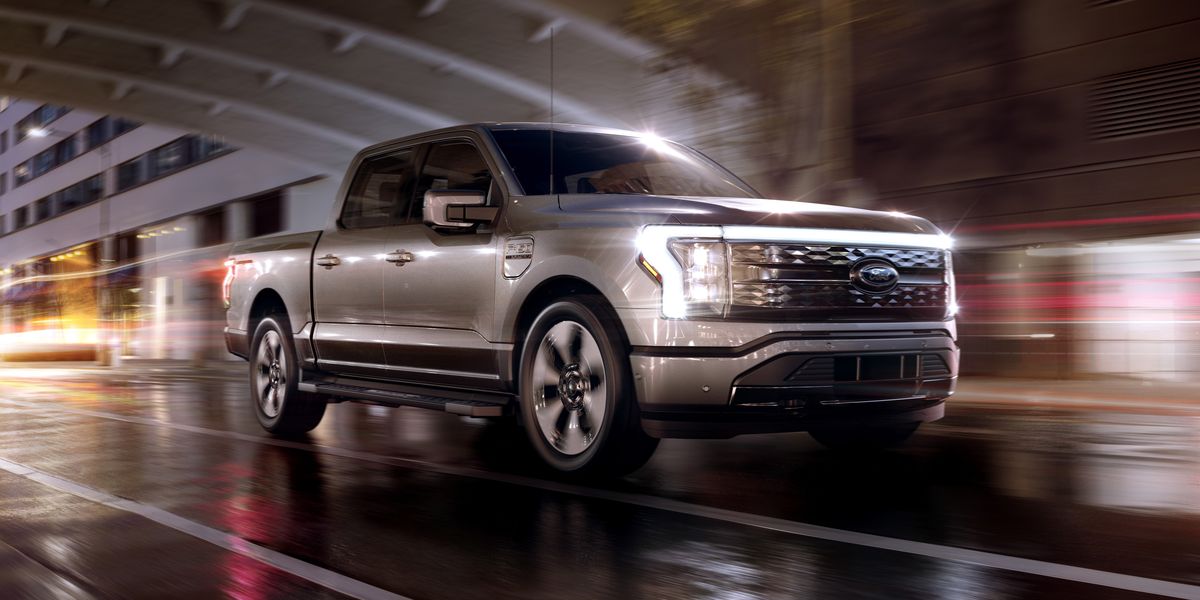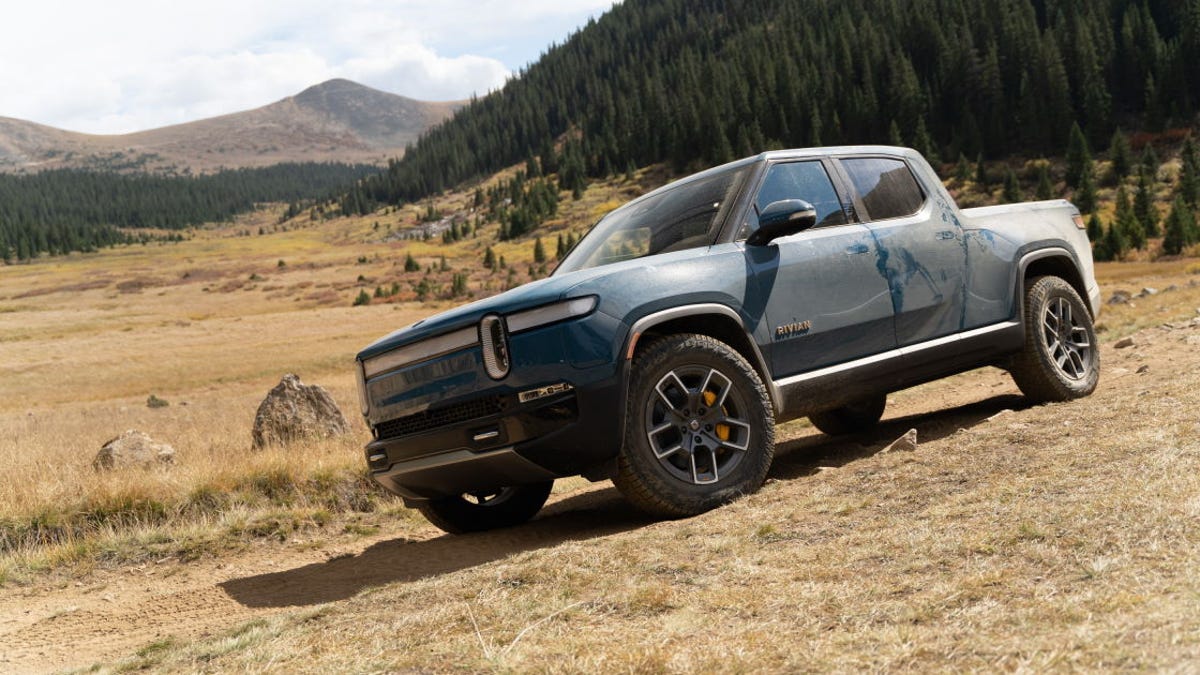Is so high, Ford has doubled production:
Ford Shares Hit Two-Decade High on Raised Plans for F-150 Electric Pickup
Auto maker says it is doubling its production goal, now targeting 150,000 a year, amid high demand for the model
Ford has said the F-150 Lightning will have a starting price of $39,974 before potential tax credits.
Matt Grossman Follow
Updated Jan. 4, 2022 4:24 pm ET
Ford Motor Co.
F 0.99% doubled its goal for manufacturing the new electric version of the F-150 pickup truck, the auto maker said Tuesday, sending its stock price to levels not seen in more than two decades.
Ford said it now aims to produce 150,000 a year, citing high demand for the model. About 200,000 reservations have been placed for the opportunity to order one of the trucks, the company has said. The first group of reservation holders will be able to place orders for the electric F-150 beginning Thursday, Ford said.
Shares of Ford rose nearly 12% Tuesday to $24.31, its highest close since 2001. The stock, which has nearly tripled over the past 52 weeks, was the best performer in the S&P 500.
The company has said the F-150 Lightning will have
a starting price of $39,974 before potential tax credits. Production of the electric pickup is expected to begin this spring.
The F-150 truck is Ford’s top-selling vehicle and one of its most profitable. Ford plans to report its 2021 sales results on Wednesday.
Other auto makers reported their sales figures Tuesday, and
Toyota Motor Corp. overtook
General Motors Co. as
the U.S.’s top-selling car company by annual sales.
The electric F-150 is among
several electric-pickup models expected to come out this year. The pickup-truck category looms as an important area of contention as auto makers race to develop electric vehicles, prodded by tightening environmental regulations and
Tesla Inc.’s rapid rise.
Rivian Automotive Inc., a startup based in Irvine, Calif., that has seen its valuation soar since its IPO in November, until recently has had the market to itself with its fully electric pickup truck, the R1T, which went on sale in the fall. General Motors Co. last month began deliveries of its GMC Hummer pickup.
On Wednesday, GM is scheduled to reveal an electric version of its Chevrolet Silverado, its top-selling vehicle in North America, during a virtual keynote address by Chief Executive Mary Barra at CES, a big consumer-electronics convention.
The model is expected to compete with the F-150 Lightning when it goes on sale, scheduled for 2023.
Ford said the increased production plans reflect high demand for the model. Shares of Ford hit two-decade highs.

www.wsj.com








